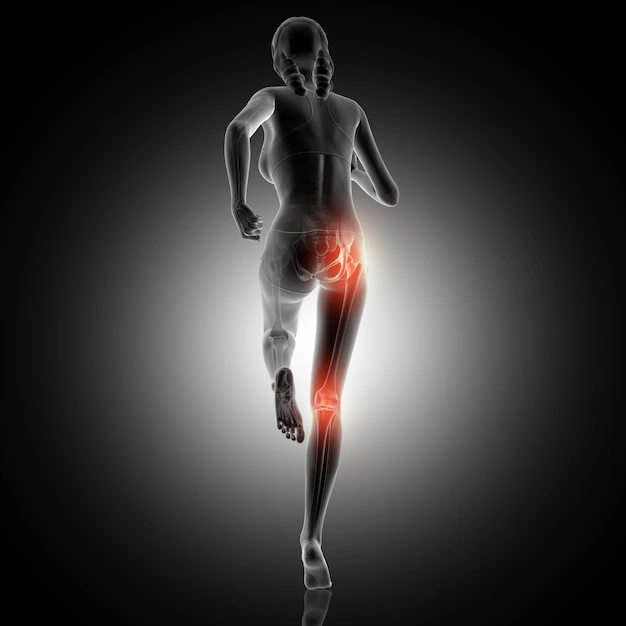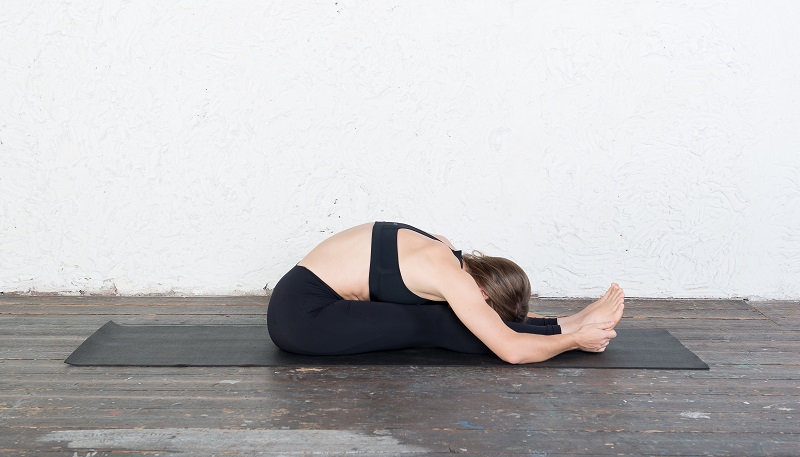An Ultimate Guide on How to Do Kapalbhati
Understanding Kapalbhati
At Shiva Holistic Yoga School, we recognize the significance of Kapalbhati in cleansing the body and rejuvenating the mind. Kapalbhati is a Sanskrit word, derived from two Sanskrit words, i.e., ‘Kapala’ (skull) and ‘Bhati’ (shining). Kapalbhati involves a rhythmic and forceful exhalation that cleanses the lungs and energizes the entire system.
1. Cultural Significance: Kapalbhati finds its roots in ancient Indian yogic traditions. At Shiva Holistic Yoga School, we emphasize the cultural significance of Kapalbhati, acknowledging its place in the broader context of holistic well-being. Understanding the cultural heritage enhances the practice, creating a more profound connection with the essence of yoga. 2. Energetic Cleansing: The name ‘Kapalbhati’ itself suggests the shining or illumination of the skull. At Shiva Holistic Yoga School, we teach that this shining is not just a physical phenomenon but a representation of the energetic cleansing that occurs during the practice. Kapalbhati is believed to clear energy blockages, promoting a harmonious flow of prana throughout the body. 3. Balancing the Doshas: In the yogic philosophy followed at Shiva Holistic Yoga School, it is believed that Kapalbhati helps balance the three doshas – Vata, Pitta, and Kapha. This balance is crucial for overall health and well-being, and our instructors provide insights into how the practice achieves this equilibrium.
The Physical Benefits of Kapalbhati
1. Improved Respiratory Health: Engaging in Kapalbhati at Shiva Holistic Yoga School enhances lung capacity, promotes deeper breathing, and cleanses the respiratory system, making it an effective practice for those seeking respiratory well-being. 2. Detoxification of Organs: Kapalbhati stimulates the abdominal organs, facilitating detoxification and improving digestive functions. Students at our school experience a holistic approach to cleansing, ensuring overall vitality.
The Mental and Emotional Impact of Kapalbhati
3. Stress Reduction and Mental Clarity: Through the practice of Kapalbhati, students at Shiva Holistic Yoga School discover a powerful tool for stress reduction. The controlled breathing not only calms the mind but also enhances mental clarity, paving the way for a more focused and centred life. 4. Elevated Mood and Emotional Balance: Kapalbhati is renowned for its positive impact on emotional well-being. Our practitioners often report an elevated mood, reduced anxiety, and a greater sense of emotional balance.
Step-by-Step Guide on How to Do Kapalbhati
Now, let’s explore the step-by-step process of how to do Kapalbhati: 1. Sit Comfortably: Find a quiet space, sit comfortably in a cross-legged position, and ensure your spine is erect. This establishes the foundation for a focused and effective Kapalbhati session. 2. Focus on Your Breath: Bring your attention to your breath. Inhale gently and exhale completely, preparing your respiratory system for the rhythmic breathwork of Kapalbhati. 3. Begin Rhythmic Exhalations: Start by taking a deep breath in and then exhaling forcefully through your nose. Follow this with a series of rapid and rhythmic exhalations, allowing your abdomen to contract with each breath. 4. Maintain a Steady Pace: Keep the pace consistent, focusing on the forceful exhalations. The inhalation should happen naturally as the abdomen relaxes between breath cycles. 5. Gradually Increase Duration: For beginners at Shiva Holistic Yoga School, start with a short duration and gradually increase as your stamina builds. It’s essential to maintain comfort and avoid strain.
Personalized Guidance at Shiva Holistic Yoga School
1. Expert Guidance from Certified Instructors: When you embark on your Kapalbhati journey at Shiva Holistic Yoga School, you are guided by certified yoga instructors with extensive experience. Our experts provide personalized attention, ensuring that your practice aligns with your unique needs and goals. 2. Individualized Modifications: Every individual’s body is different, and our instructors at Shiva Holistic Yoga School understand the importance of tailored guidance. Whether you’re a beginner or an advanced practitioner, modifications are introduced to accommodate your current level of fitness and flexibility. 3. Connection with Prana (Life Force): Kapalbhati, as taught at our school, goes beyond the physical realm. It is a practice that connects you with your prana, the life force energy. Through the rhythmic breathwork, students at Shiva Holistic Yoga School experience a profound sense of connection with their inner selves. 4. Meditative Awareness: As you engage in Kapalbhati, the breath becomes a focal point for meditation. Our instructors emphasize the meditative aspect, helping students cultivate awareness, mindfulness, and a deeper connection with the present moment.
Integrating Kapalbhati into Your Daily Routine
1. Consistency is Key: At Shiva Holistic Yoga School, we encourage students to make Kapalbhati a consistent part of their daily routine. Regular practice enhances its benefits, contributing to long-term physical and mental well-being. 2. Morning Ritual for Energy: Many practitioners find that incorporating Kapalbhati into their morning routine provides a burst of energy that lasts throughout the day. Start your day at Shiva Holistic Yoga School with this invigorating practice to set a positive tone for the hours ahead.
Takeaway
In conclusion, Kapalbhati is not just an exercise; it is a transformative practice that encompasses physical, mental, and spiritual dimensions. Shiva Holistic Yoga School provides a nurturing environment for individuals to explore and master the kapalbhati. With expert guidance, personalized instruction, and a focus on holistic well-being, our school is committed to helping you in how to do Kapalbhati. So start practising the kapalbhati daily and avail numerous physical and mental health benefits. If you are keen to learn more about how to do kapalbhati or any other yoga pose, you can visit our website or contact us today. Stay happy, stay strong and get the best out of life. Keep reading. Post navigation
Visit: yoga school in Rishikesh | 200 hour yoga Teacher Training In Rishikesh


